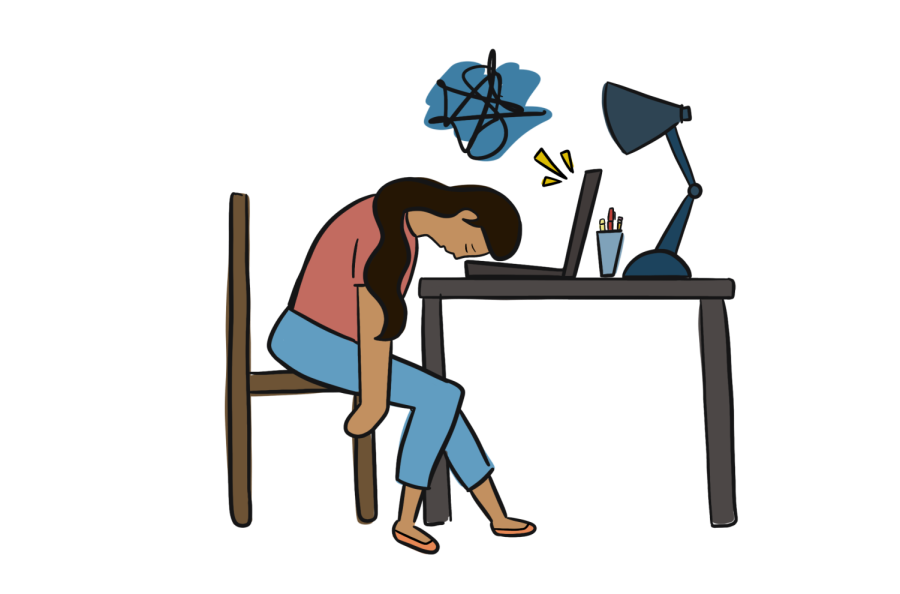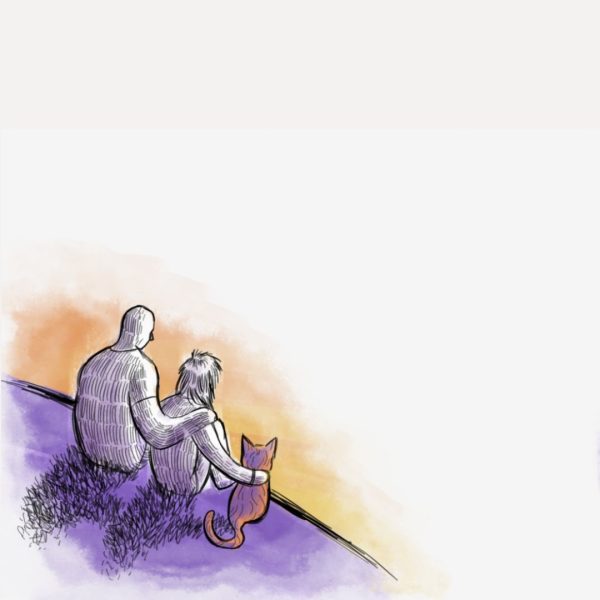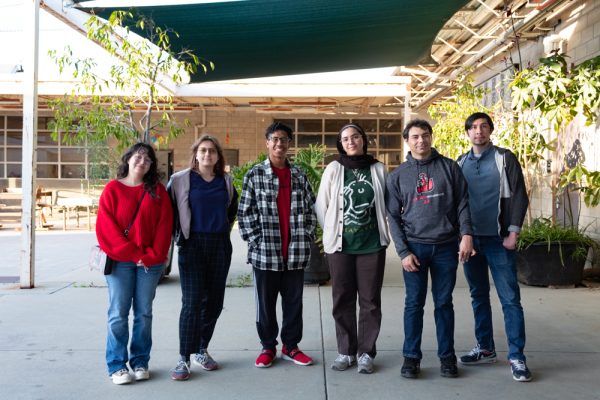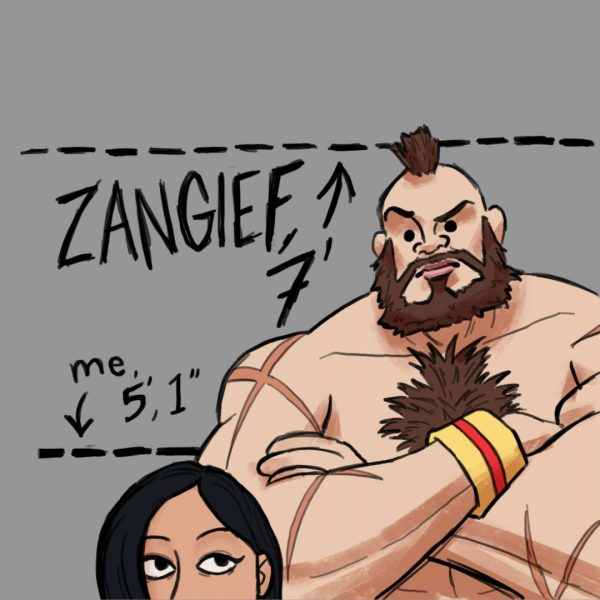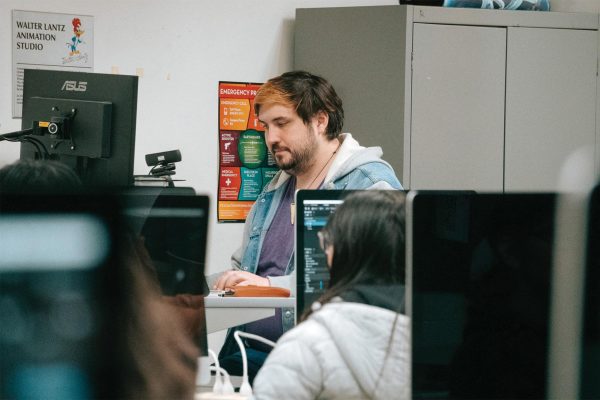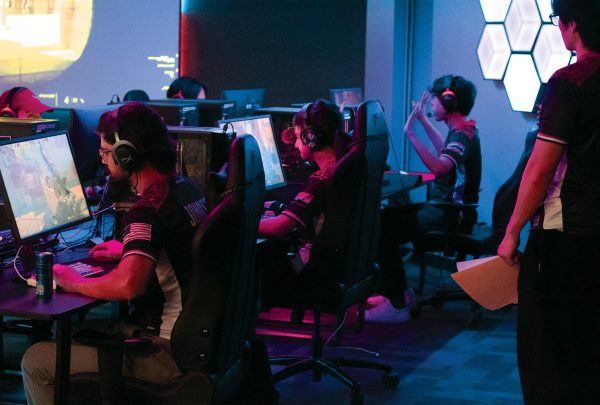From Minority to Majority: Why the Term Nontraditional is No Longer Needed
Illustration by Carolyn Burt
February 14, 2022
As the world of higher education is constantly changing and evolving, a new wave of students is being integrated into colleges. Many of these students don’t fall into the category that a traditional student does. Traditional students often are seen as coming to college straight out of high school and indulge their college careers into student life.
In a report published by the University of Denver, 40% of undergraduate students in the United States are considered nontraditional. This category most often consists of students over the age of 25, parents or guardians of children, those who have taken time off from education, and those who work full time and attend school only part time.
Professor of urban studies and planning at CSUN, Henrik P. Minassians, feels the divide between traditional and nontraditional is very apparent in the academic world and has an impact on the way a student goes about their education.
“The students I teach are nontraditional, because of their busy schedules, such as jobs or families, most classes are at night or weekends. This takes away from the ‘college experience’ that is traditionally the main focus of a university.”
Beth A. Lasky, professor of special education at CSUN, stated that while nontraditional students fall into many categories, “It’s important to mention that there is also an intersection.” This means that many students will fall into multiple groups, which is a large part of the reason CSUN has so many nontraditional students.
In recent years, those who would have been nontraditional have put up the argument that since nearly half of the college’s population is in this nontraditional category, it actually makes it a new normal. With these factors in mind, a large majority of colleges offer services to students who need accommodations.
Some of these services include child care, night classes and online studies. Lasky thinks it’s “important to be aware that some people come to our campus who may not have the same experiences, backgrounds, and skills as other students.” She feels the job at a college is to embrace every background and not consider anyone a minority or majority, but instead an individual student with equal possibilities.
According to the National Center for Education Statistics one in 10 college students are at least 40-years-old, and at this rate that number will increase to 3.3 million college students by 2027. Minassians brought up the point that this large population of older students can feel isolated and unable to “get the college experience” with colleges’ youth-targeted experiences. Minassians recalls being a nontraditional student when he studied at Santa Monica College, with English being his third language — this made content presented in class a struggle to understand. While he took English as a second language courses, the language barrier still added an extra year to his education.
With the changes in the educational system, it’s become apparent this question of someone being a traditional or nontraditional student is not applicable when you look at how many students fall into both categories. This classic full-time student who enters college out of high school and has support from others is no longer the traditional student, but rather just one part of the big community of many different students at universities.
